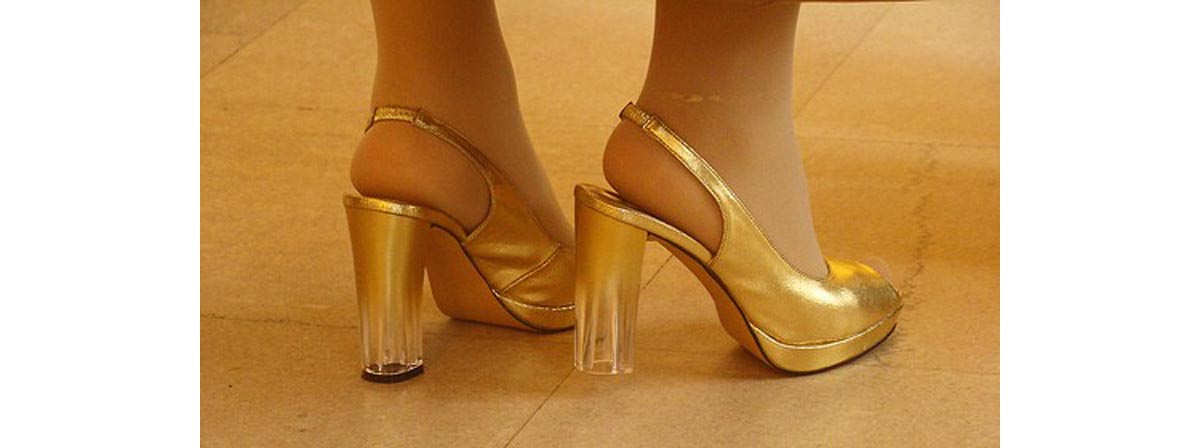Table of Contents
Leonardo da Vinci, the great painter and engineer, described them as "a masterpiece of engineering and a work of art", and though you might not give yours much thought, feet are truly amazing.
Learn what makes shopping tiring, how kangaroos bounce, and how your feet can make your head ache. In short, explore the things that make feet so great, and that you'd never thought to ask but will be interested in finding out anyway.
The muscles that control your feet are in your calves
There are a few tiny muscles in the feet, but the powerful ones which operate the feet while we are walking and running are located mainly in the fleshy bulk at the back of the calves – with some in the front, too. The one just beneath the skin in the back of the calf (called gastrocnemius) has two fleshy "bellies" on either side of the calf. These can often be seen in cyclists or other people with well-toned legs. It is the same muscle which powers a frog’s leap!

High heels do not cause foot deformity
The important word here is the word "cause" – high heels certainly are not good for your feet and undoubtedly worsen deformities, but they do not actually cause them.
In terms of deformities bad shoes can worsen, we’re mainly talking about a bunions, which are bony lumps that can develop on the side of the big toe, which is squeezed and rubbed by shoes. This is often accompanied by a bending of the big toe towards the other toes, and it is often turned round too, so that it faces the other foot.
But the contribution shoes make to worsening this foot deformity is borne out by the fact that in shoe-wearing populations, women develop them more commonly than men, but in children and unshod races there is no gender difference in the rate at which bunions occur.
The primary cause of bunions is actually the way you walk, or your ‘biomechanics’. This may be the reason that there does seem to be a strong family link – not that you inherit bunions, but you inherit your biomechanics, or the way your feet function, from your predecessors.
Bunions can only be "cured" by having surgery to remove the bony deformities. To stop them forming again you need exercises and to wear special insoles (‘orthoses’) in your shoes to improve your foot function.
Babies have no instep or arch to their feet
Well at least they appear not to have one. If you look at a baby’s foot it will appear very solid with no hollowing out underneath, in the area of the instep, as most adults’ feet do. The reason is that a baby’s instep area is filled with fat. As the baby develops, it gradually loses fat from all over the body including the instep, so that older children can be seen to have an arch or instep.
- Lorimer D et al (eds). Neale’s Disorders of the Foot (6th edition). Published by Churchill Livingstone, Edinburgh, UK. ISBN number: 0 443 06441 5
- www.brainyquote.com/quotes/quotes/l/leonardoda131988.html
- Photo courtesy of istolethetv by Flickr : www.flickr.com/photos/istolethetv/4577310623/
- Photo courtesy of Toni Busch by Flickr : www.flickr.com/photos/tonibduguid/2066678151/
- www.people.stfx.ca/bmarshal/201/kangarookinematics.html
- www.health.howstuffworks.com/wellness/men/sweating-odor/how-to-get-rid-of-foot-odor1.htm


Your thoughts on this